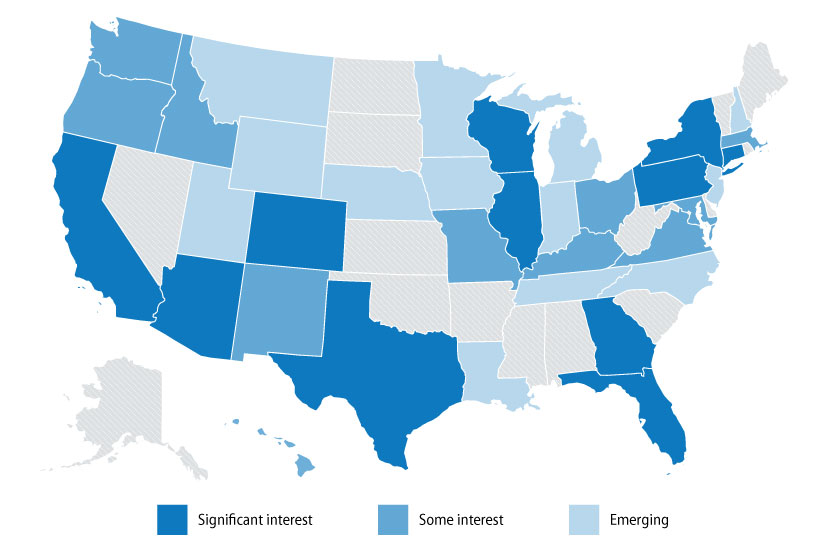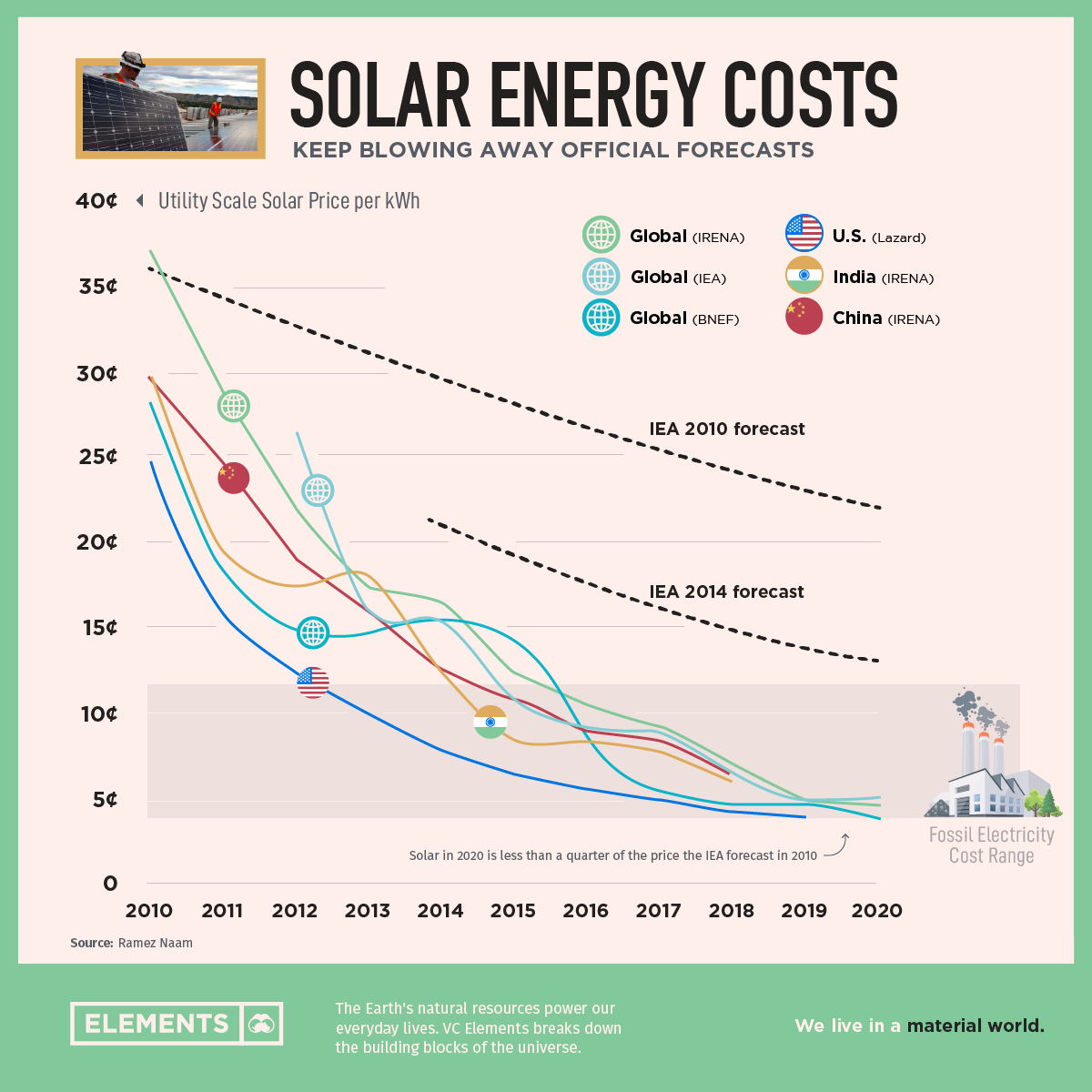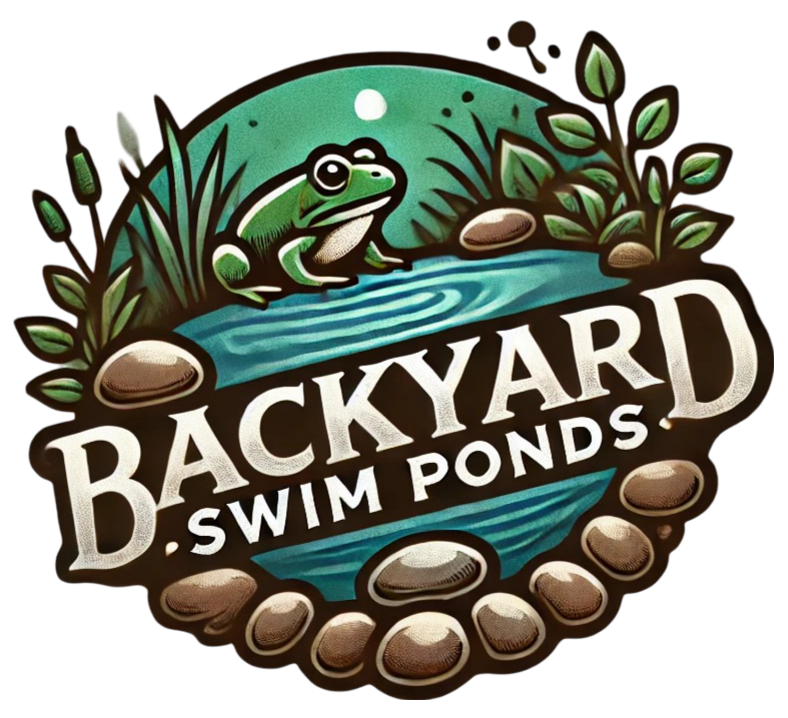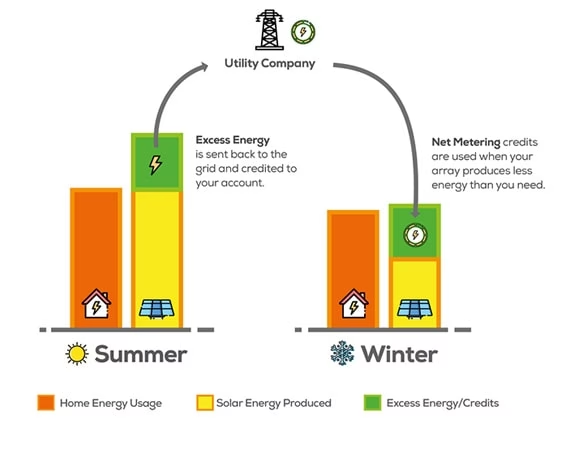Building a solar-powered aeration system for your pond is a sustainable DIY project that benefits both the environment and your aquatic ecosystem. Not only does this system help maintain healthy water quality, but it also reduces your ongoing energy expenses. With thoughtful planning and the right materials, you can create an efficient and budget-friendly system powered by renewable energy. This guide will cover the essential components of a solar aeration system, how to size it properly for your pond, installation steps, maintenance routines, and cost comparisons with traditional electric aeration systems.
Solar energy is becoming increasingly popular as people seek to lower their carbon footprints and energy costs. With the knowledge you’ll gain from this article, you’ll not only be equipped to tackle the technical aspects of this project but also understand the long-term advantages of using solar energy for aeration.
So, let’s get started on how you can effectively craft your solar-powered aeration system!
Understanding Solar Aeration Systems
A solar aeration system uses solar panels to power air pumps that introduce oxygen into your pond. This method is especially useful in warmer months when oxygen levels in the water can drop, potentially harming fish and plants. By harnessing sunlight, these systems provide an ongoing solution for maintaining optimal water quality without relying on conventional electricity sources.
The key components of a solar-powered aeration system include:
-
Solar Panels: These convert sunlight into electricity. Depending on the size of your pond, the appropriate wattage is necessary to ensure adequate aeration.
-
Air Compressor or Pump: This equipment pushes air into the water, producing bubbles that facilitate oxygen transfer.
-
Airlines and Diffusers: The airlines transport air from the compressor to the water’s surface, where it is released as tiny bubbles.
According to NREL, solar aeration systems can significantly cut electricity costs, offering $0 in annual operating fees compared to traditional electric systems, which typically cost between $180-$240 per year. Additionally, the return on investment for solar systems can occur in as little as 6 to 8 years, highlighting their economic viability.
An infographic comparing the costs and benefits of solar versus electric aeration systems (Source: rxsun.com)
Budgeting Your Build
When planning to build a solar-powered aeration system, it’s essential to break down the costs and understand what components you’ll need for a successful installation.
Component Breakdown
-
Solar Panels: For up to 1.5 acres of pond, you’ll need a total of 600 watts of solar capacity, which typically ranges from $3,000 to $6,000.
-
Air Compressor: The price varies depending on the size you need:
- 1/4 HP for 1-acre ponds—around $500.
- 1 HP for larger ponds—up to $1,500.
-
Miscellaneous Accessories: This includes airlines, diffusers, a charge controller, and potentially batteries for nighttime operation, which can add around $200-$500.
In total, the initial investment for solar systems typically ranges from $5,495.95 to $8,380.77, whereas electric systems often cost between $500 and $2,000. Maintenance costs for solar systems average about $50 per year, in contrast to approximately $25 for electric systems.

Cost comparison chart illustrating the financial aspects of solar versus electric aeration systems (Source: industrialaerators.co.uk)
How to Size Your Solar Panels and Compressors to Fit Your Pond
Properly sizing your components based on the size and depth of your pond is crucial for the optimal performance of your solar aeration system.
-
Sizing Solar Panels: A general guideline is about 300 watts of solar capacity per acre. For a 1-acre pond, this typically means using two 325-watt panels to ensure efficient aeration.
-
Air Compressor Sizing: For different pond sizes, you’ll need the following:
- 1 acre: 1/4 HP compressor (2.3 CFM)
- 2 acres: 1/2 HP compressor (4.7 CFM)
- 3 acres: 3/4 HP compressor (5.6 CFM)
- 4 acres: 3/4 HP compressor (5.6 CFM)
- 5 acres: 1 HP compressor (7.1 CFM)
Additionally, consider your pond’s depth. If it exceeds six feet, you might want to choose more efficient pumps designed for greater depths.

A schematic diagram showcasing the configuration of solar panels suitable for pond aeration systems (Source: ResearchGate)
DIY Installation Step by Step
Installing your solar-powered aeration system requires following a series of important steps, with a strong emphasis on safety throughout the process. Here’s how to proceed:
-
Safety Precautions: Always use insulated tools, avoid working with heavy equipment alone, and wear protective gear such as gloves and goggles.
-
Site Preparation: Choose a sunny location for your solar panels, free from shade. Prepare a level surface for the compressor.
-
Install Solar Panels: Secure your panels on a pole or mounting rack. Make sure they are angled for maximum sunlight exposure.
-
Compressor and Controller Installation: Place the compressor in a well-ventilated area and position the controller where there is adequate airflow.
-
Install Airline and Diffuser: Lay the airline from the compressor to the pond bottom, ideally buried about a foot deep for protection. Position diffuser(s) in the deepest part of the pond.
-
System Start-Up: Check all connections, ensure valves are open, and activate the system to observe air distribution and equipment performance.
-
Final Checks: Confirm that all components are secure and waterproof. Perform a test run of the entire system.

A video still summarizing the installation process for a DIY solar aeration system (Source: YouTube)
Maintenance Made Easy
Regular maintenance is essential for ensuring the longevity and efficiency of your solar aeration system. Here’s a straightforward maintenance routine to follow:
-
Solar Panels: Clean them every 3-6 months to prevent dust buildup which can block sunlight.
-
Air Compressor Maintenance: Inspect filters and examine the unit for wear at least twice a year.
-
Diffuser Care: Annually inspect for clogs or damage and clean as necessary.
-
System Performance Monitoring: Regularly check for consistent airflow and visible bubbling in the pond.
For troubleshooting common issues, check for leaks in airlines, ensure that the compressor is functioning efficiently, and verify that the solar panels are optimally positioned for sunlight.

An infographic detailing essential maintenance tasks for solar panels to keep solar aeration systems operating effectively (Source: solarinsure.com)
Navigating Regulations Permits for Your Installation
Before installing a solar aeration system, it’s crucial to understand the local regulations and necessary permits. Here’s what you need to consider:
-
Regulatory Variance: Regulations can differ by region, so check with your local authorities about building and electrical permits before starting your installation. Some rural areas may waive certain permits for off-grid systems.
-
California’s SolarAPP+: This program streamlines the solar permitting process in many cities, making it easier for homeowners to navigate the required paperwork.
-
Environmental Impact Assessments: In some locations, larger projects may require assessment; stay informed about regulations that could apply to your pond aeration setup.
-
Documentation: Keep thorough records of all permits and consult local zoning laws to ensure compliance.

A detailed map highlighting regions in the USA that require specific permits for solar panel installations (Source: NREL)
Real-Time Cost vs. Benefit
Understanding the costs and benefits associated with solar-powered aeration systems will help you make informed decisions.
Cost Analysis
-
Initial and Long-term Costs: Investing in solar systems might involve higher upfront costs, but these are often offset by significant savings on operational costs. Long-term savings tend to outweigh initial expenditures due to $0 electricity costs and lower maintenance.
-
Economic Advantages: Evidence suggests that solar systems yield better returns on investment over time, especially when factoring in the rising costs of electricity.
-
Environmental Benefits: By choosing solar energy, you contribute positively to sustainability efforts and help reduce carbon footprints, which is increasingly important for many homeowners today.

A graph illustrating the long-term cost benefits of investing in solar energy (Source: Visual Capitalist)
Conclusion
In summary, crafting your solar-powered aeration system is an achievable and rewarding endeavor that offers extensive benefits. By selecting the right components, following a clear installation process, and maintaining your system effectively, you can ensure a thriving pond ecosystem while saving on energy costs.
Investing in solar aeration not only helps your aquatic life benefit from improved oxygen levels, but it also places you in the growing community of eco-conscious DIY enthusiasts who are prioritizing greener, more efficient practices. Start your journey toward constructing a renewable energy solution for your pond today and enjoy the long-term advantages it brings!

